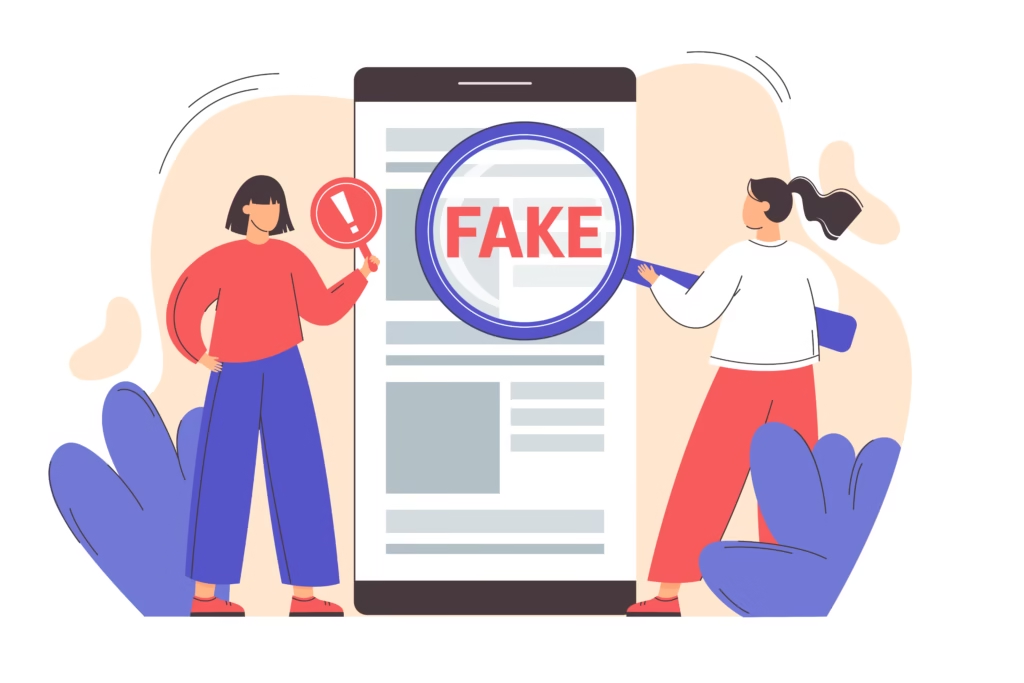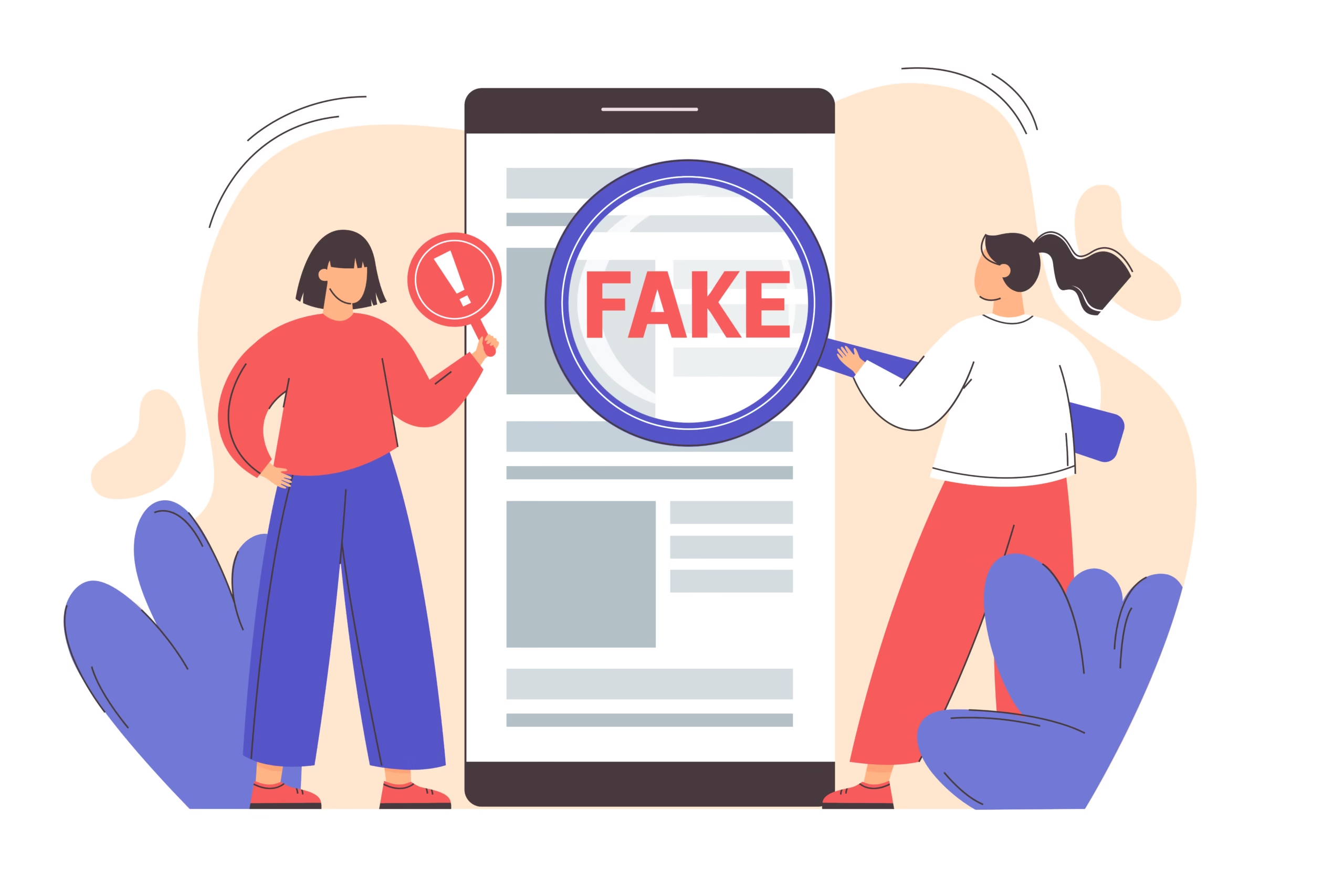“Hey, can you join this urgent call with the CEO?”
The finance executive didn’t think twice. The voice sounded exactly like her boss. It was calm, confident, and familiar — until it wasn’t. Moments later, $25,000 had vanished. The “CEO” on the call? A deepfake scam.
Artificial intelligence is changing everything — including cybercrime. Deepfake scams are quickly becoming one of the most dangerous new forms of social engineering. In this guide, eSHIELD IT Services explains what they are, how to spot them, and how to protect your organization.

What Are Deepfake Scams?
A deepfake is an AI-generated video, image, or audio recording that convincingly imitates a real person. By training on hours of real footage or voice data, deepfake tools can create synthetic content that looks and sounds authentic.
Cybercriminals are now using these tools for fraud, impersonation, and disinformation.
Common deepfake scam examples include:
- Voice scams: Attackers clone a manager’s voice to request money or credentials.
- Video scams: Fake Zoom or Teams calls with an AI-generated executive face.
- Social media scams: Impersonating public figures or celebrities to spread misinformation.
These attacks blur the line between truth and fiction — making cybersecurity awareness more critical than ever.
Why Deepfake Scams Are a Serious Threat
Deepfakes are not just about funny videos or memes anymore. They’re a tool for financial and psychological manipulation.
Here’s why they’re so dangerous:
- Ultra-realistic impersonation: AI voices and faces are almost indistinguishable from real ones.
- Low cost, high reach: Anyone can create deepfakes using free or cheap online tools.
- Speed of spread: A single fake video can go viral in minutes, damaging reputations or influencing public opinion.
- Human trust factor: Employees naturally trust familiar voices and faces — making deepfakes a perfect social-engineering weapon.
Europol’s 2025 Internet Organised Crime Threat Assessment (IOCTA) warns that criminals are increasingly using AI and synthetic media — including voice and video manipulation — to enhance social-engineering attacks and scale fraud.
Real-World Examples of Deepfake Scams
- Hong Kong Deepfake Fraud (2024): Fraudsters used AI to clone a CFO’s voice and visuals on a video call — stealing over $25 million USD.
- Deepfake Job Interviews: Cybercriminals use fake video feeds to pass job interviews and access corporate systems.
- Celebrity & Political Deepfakes: From fake endorsements to election misinformation — deepfakes are now tools of mass influence.
Each of these cases shows one truth: deepfakes are the new face of social engineering.
How to Spot a Deepfake
Now the important question is “How to Spot a Deepfake”. Here’s what to look for :
- Visual inconsistencies – unnatural blinking, mismatched lighting, blurry edges.
- Audio lag or robotic tone – slight delay or unnatural pitch in voice calls.
- Strange phrasing or timing – deepfakes can replicate sound but not perfect human rhythm.
- Unexpected urgency – scams often rely on “act now” pressure.
- Cross-check the request – verify with a separate message, email, or in person.
If something feels off — verify it before you act.
How to Protect Your Business
Awareness is your strongest defense. Here’s how companies can fight back:
- Educate your employees
Regular training on recognizing and reporting suspicious messages or calls.
(eSHIELD IT Servicescan help with customized phishing and awareness programs.) - Use multi-channel verification
Confirm sensitive requests using two different channels (e.g., video call + text). - Implement deepfake detection tools
Tools like Deepware Scanner, Sensity AI, or Microsoft Video Authenticator can flag synthetic media. - Monitor your digital presence
Set up Google Alerts for your brand or executive names to detect impersonation early. - Create a deepfake response plan
Define who investigates, how to alert employees, and when to communicate publicly.
Trusted Tools & Resources
Here are some trusted tools and resources which you can check :
Final Thoughts
In 2025, “seeing is believing” no longer applies.
As AI blurs the line between truth and deception, your awareness is your shield.
- Deepfake scams are AI-powered impersonations used for fraud and misinformation.
- They exploit trust and urgency — two key elements of human behavior.
- Awareness, verification, and detection tools can prevent costly damage.
Stay alert, verify twice, and trust your instincts.
eSHIELD IT Services stands with you in building a safer digital world.


